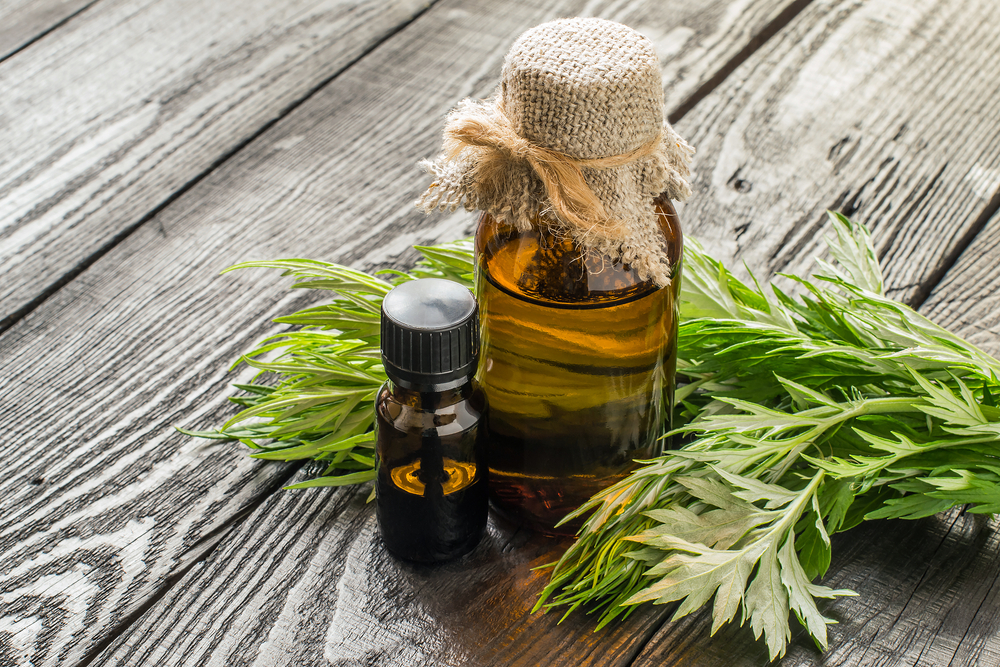Deer Antler Velvet in Russia

The use of deer antler velvet in Russia has been traced back to the 1400s, but it wasn’t until the beginning of the 15th Century that it became a coveted treatment for many different medical conditions. The Russian people began harvesting elk antlers during the mid-1800s, which they referred to as “Horns of Gold.”
Deer Farming in Russia
The deer that are farmed in Russia for their antler velvet include reindeer, sika deer, and maral deer. The antler velvet of wild reindeer is about 2-4 times more potent when compared to farmed animals, which has been attributed to the complex metabolic systems that allow them to survive in the extreme conditions of the Arctic Regions of Siberia.
Deer Antler Velvet as Medicine
During the 1900s, researchers began analyzing deer antler velvet to discover more about its potential as a natural healing remedy. One early study performed by Russian researchers suggested that deer antler velvet may be an effective treatment for bone fractures, gastrointestinal problems, hypertension, vascular diseases, and vegetative neuroses.

Deer Antler Velvet Extract – Pantocrin
In 1931, research and commercialization of deer antler velvet led to the production of an alcohol extract that was marketed under the Russian drug trade name Pantocrin. It is a light yellow or whitish-gray substance that is manufactured as an ampule or tablet. The ampules come in 1ml or 2ml and the tablets contain 0.15 g, which is equal to 20 drops of the liquid. It is prescribed to be taken orally in doses of 25-40 drops or 1-2 tablets twice daily and taken one-half hour before eating. A typical course of treatment lasts from 2 to 3 weeks, but practitioners usually prescribe three courses with 7-10 day break periods between courses. Dosage recommendations may vary according to indication and whether or not the product is being taken with other supplements or medications.
Pantocrin is mainly used as an adaptogen, which is a substance that helps your body heal from stress, anxiety, and fatigue. Using it short-term has been shown to improve energy levels and stamina, and increase muscular strength, libido, and sexual function by enhancing the function of reproductive and endocrine organs.
Deer Antler Products
Today, the maral farming industry supplies unique medicinal raw materials with 90% of the products related to food additives, medical drugs, or cosmetics as well as medical technologies for using balneological procedures, which involve hot or cold water massage through moving water, relaxation, or stimulation. There are three regions within the Altai Territory that breed maral deer including the Soloneshensky, Altai, and Charyshsky districts. These areas produce approximately 3 tons of canned deer antler velvet every year.

Currently, one of the most popular deer antler food products in Russia is called “Pantohematogen,” which contains 56% of defibrinated reindeer blood, 8% of extract from antlers of reindeer, 35.4% of sugar syrup, 0.5% of fruit essences, and 0.1% ascorbic acid. It is thought to be a natural source of iron, free amino acids, digestible vitamins, and minerals that have a positive effect on treating anemia by increasing hemoglobin levels to normal. It can also be used to treat hypotension because it improves blood vessel elasticity. Approximately 1.5 liters of maral deer blood can be taken from the antlers up to 2-3 times a year without harming the health and antler productivity of the animals.
